Home>Interior Design>What Are The Best Colors For South-facing Rooms? These Are The Designers’ Favorite Shades
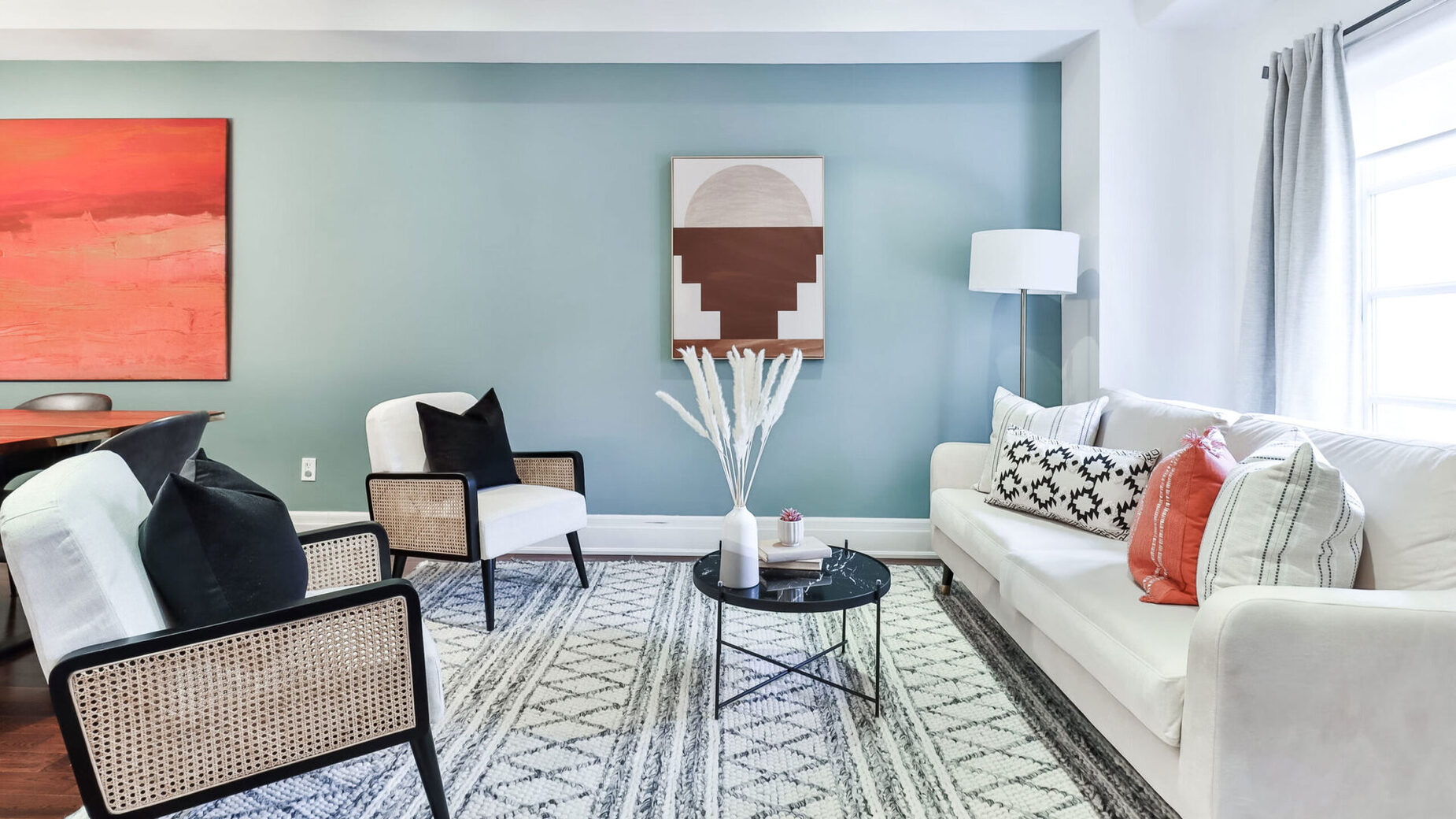

Interior Design
What Are The Best Colors For South-facing Rooms? These Are The Designers’ Favorite Shades
Modified: October 20, 2024
Discover the top interior design picks for south-facing rooms! Find out the best colors to create a stunning space in your home.
(Many of the links in this article redirect to a specific reviewed product. Your purchase of these products through affiliate links helps to generate commission for Storables.com, at no extra cost. Learn more)
Introduction
Choosing the right colors for a south-facing room can have a significant impact on its overall ambience and appeal. South-facing rooms tend to receive ample sunlight throughout the day, creating a vibrant and well-lit space. However, this abundance of natural light can also affect how colors appear on the walls, furniture, and decor.
The importance of color in interior design cannot be overstated. Colors have the power to influence our mood, perception, and even the perceived size of a room. Therefore, it is crucial to carefully consider the best colors for south-facing rooms to create a harmonious and visually pleasing space.
When deciding on the perfect color scheme for your south-facing room, several factors should be taken into account. These factors include the amount of natural light, the room’s purpose, the size and layout of the room, and personal preferences. By considering these elements, you can select colors that will complement the room’s orientation and bring out its best features.
In this article, we will explore the favorite shades that designers often recommend for south-facing rooms. These colors have been carefully chosen to work harmoniously with the abundant sunlight, create a welcoming atmosphere, and enhance the room’s overall appeal. Whether you’re looking to create a serene sanctuary, a vibrant living space, or a cozy bedroom, incorporating these favorite shades can help achieve the desired effect.
We will also provide tips on how to effectively incorporate these colors into your south-facing room to maximize their impact. Additionally, we will discuss other considerations, such as the finish and sheen of paint, as well as the role of accessories in complementing the chosen color palette.
So, if you’re ready to transform your south-facing room with the perfect color scheme, let’s delve into the world of designers’ favorite shades and explore how to create a stunning and inviting space that captures the beauty of natural light.
Key Takeaways:
- Embrace the natural light in your south-facing room by choosing designers’ favorite shades like pale blue, soft gray, warm beige, light green, and blush pink to create a harmonious and inviting space that maximizes the benefits of sunlight.
- Consider factors such as natural light, room purpose, size, existing elements, personal preferences, and season when choosing colors for your south-facing room. Incorporate color blocking, balance warm and cool tones, and experiment with lighting to create a visually stunning and personalized space.
The Importance of Color in South-Facing Rooms
Color plays a crucial role in interior design, and it becomes even more important when dealing with south-facing rooms. These rooms are bathed in natural sunlight throughout the day, which can significantly impact how colors appear and interact with the space. Understanding the importance of color in south-facing rooms is essential for creating a balanced and harmonious environment.
One significant effect of natural light in south-facing rooms is that it can intensify colors, making them appear brighter and more vibrant. Warm tones such as reds, oranges, and yellows tend to become even richer, while cooler shades like blues and greens can take on a crisp and refreshing appearance. It’s important to consider how these intensified colors will affect the overall mood and atmosphere of the room.
Furthermore, the abundance of sunlight in south-facing rooms can also wash out certain colors or create harsh contrasts. This means that some colors may appear too bright or even lose their true essence. It’s crucial to choose colors that will withstand the intensity of sunlight and maintain their intended hues and characteristics.
Another aspect to consider is the psychological impact of color. Different colors evoke different emotions and can significantly influence our mood and overall well-being. For example, warm colors like reds and oranges can create a sense of energy and excitement, while cool colors like blues and greens evoke calmness and tranquility.
In south-facing rooms, it’s important to strike a balance between creating a vibrant and lively space while still maintaining a soothing and comfortable atmosphere. This can be achieved by carefully selecting colors that suit the room’s purpose and desired ambiance.
Moreover, the natural lighting in south-facing rooms can also affect how the colors interact with the surrounding elements. For example, sunlight can reflect off shiny surfaces, such as mirrors or glass, and bounce off the walls, creating shimmering effects. It’s important to take into consideration the reflective nature of certain materials and how they will complement or alter the colors in the room.
In summary, understanding the importance of color in south-facing rooms is crucial for creating a visually appealing and harmonious space. The intensified colors, potential washed-out effects, and psychological impact of color in these rooms call for careful consideration when selecting the color palette. By choosing the right colors, you can enhance the room’s atmosphere, maximize the natural sunlight, and create a space that is both aesthetically pleasing and emotionally inviting.
Factors to Consider When Choosing Colors for South-Facing Rooms
When selecting colors for south-facing rooms, several factors should be taken into consideration to ensure a harmonious and visually pleasing space. The abundant natural sunlight and its effects on colors necessitate thoughtful planning. Here are some important factors to keep in mind when choosing colors for south-facing rooms:
1. Amount of Natural Light: South-facing rooms receive a significant amount of sunlight throughout the day. Consider the intensity and duration of the sunlight to understand how it will interact with the chosen colors. Bright and bold colors may work well in rooms with ample natural light, while softer and cooler shades can help create a calming atmosphere.
2. Room’s Purpose: The purpose of the room should guide your color selection. Different colors evoke various emotions and moods, so choose colors that align with the intended atmosphere of the space. For example, vibrant and energizing colors like yellows and oranges can work well in living areas, while soothing and relaxing colors like blues and greens are ideal for bedrooms.
3. Room Size and Layout: The size and layout of the room play a role in color selection. Lighter colors tend to make a room appear more spacious and open, while darker colors can make a room feel smaller and cozier. Consider the size and proportions of the room when deciding on the intensity and saturation of the colors.
4. Existing Elements: Take into account the existing elements in the room, such as furniture, flooring, and decor. Ensure that the chosen colors complement these elements to create a cohesive and unified look. Consider the undertones of these elements to select colors that harmonize well.
5. Personal Preferences: Your personal preferences and individual style should also guide your color choices. Consider colors that you personally find appealing and that align with your preferred aesthetic. This will help create a space that feels authentic and reflects your personality.
6. Consider the Season: The season can influence color choices in south-facing rooms. For example, during the summer, you may want to incorporate lighter and brighter colors to create a refreshing and airy feel. In the winter, warmer and cozier shades might be more appropriate.
Remember that selecting colors for south-facing rooms is not a one-size-fits-all approach. Every room is unique, and considering these factors will help you make informed decisions and create the desired ambiance in your space. Experiment with swatches and samples to see how the colors interact with the natural light before making a final decision.
By taking into account the amount of natural light, room’s purpose, size and layout, existing elements, personal preferences, and the season, you can select colors that will enhance the beauty of your south-facing room and create a space that you will love spending time in.
Designers’ Favorite Shades for South-Facing Rooms
When it comes to south-facing rooms, interior designers have their favorite shades that work exceptionally well with the abundant natural light. These colors have been carefully chosen to create a balanced and inviting atmosphere that complements the orientation of the room. Here are some of the designers’ favorite shades for south-facing rooms:
1. Pale Blue: Pale blue is a popular choice for south-facing rooms as it brings a sense of tranquility and serenity. The soft and cool undertones of pale blue work harmoniously with the natural light, creating a calming and peaceful ambiance. It also has the ability to visually expand the space, making it an ideal option for smaller south-facing rooms.
2. Soft Gray: Gray is a versatile color that pairs well with the intense sunlight in south-facing rooms. A soft gray shade can create a sophisticated and elegant atmosphere while maintaining a warm and inviting feel. It works particularly well with both warm and cool color palettes, making it a versatile choice for various design styles.
3. Warm Beige: Warm beige tones bring a sense of warmth and coziness to south-facing rooms. It balances well with the intense natural light and creates a comfortable and inviting space. Beige shades with a hint of warmth, such as taupe or sandy tones, add depth to the room and complement a wide range of furniture and decor styles.
4. Light Green: Light green is a refreshing and soothing color that works beautifully in south-facing rooms. It brings a touch of nature indoors and creates a calming atmosphere. Light mint green or sage green are popular choices as they infuse the room with a sense of freshness and vitality. This color also pairs well with wooden furniture and plants, enhancing the natural appeal of the space.
5. Blush Pink: Blush pink, a delicate and soft hue, adds a touch of elegance and femininity to south-facing rooms. It complements the natural light by creating a warm and inviting glow. Blush pink can be used as a subtle accent color or as the main color for a soft and romantic look. It pairs well with neutrals like white, gray, and beige, creating a harmonious and visually pleasing space.
These favorite shades provide a starting point for choosing colors for your south-facing room. However, it’s essential to consider the specific characteristics of your room, such as size, existing elements, and personal preferences, when selecting the perfect shade. Experiment with different tones and shades to find the one that suits your space and desired ambiance.
Remember, the goal is to create a balanced and visually pleasing environment that maximizes the benefits of the natural light. Incorporating these designers’ favorite shades will help you achieve just that, resulting in a beautiful and inviting south-facing room that you can enjoy for years to come.
When choosing colors for south-facing rooms, consider using cool tones like blues, greens, and purples to balance the natural warmth and brightness of the sunlight. These colors can create a calming and refreshing atmosphere in the space.
How to Incorporate the Best Colors in South-Facing Rooms
Once you have chosen the best colors for your south-facing room, it’s important to understand how to effectively incorporate them to create a cohesive and visually appealing space. Here are some tips on how to integrate the best colors in south-facing rooms:
1. Create a Color Scheme: Start by creating a color scheme based on the chosen colors. Consider using a combination of a primary color, secondary color, and accent colors. The primary color will be the main color in the room, while the secondary color will complement it. Accent colors can be used sparingly to add pops of color and visual interest.
2. Use Color Blocking: Experiment with color blocking techniques to create visual interest and focal points in your room. For example, paint one wall in the primary color and use the secondary color for furniture or decor pieces. This technique adds depth and dimension to the room while showcasing the chosen colors.
3. Consider the 60-30-10 Rule: Follow the 60-30-10 rule to achieve a well-balanced color scheme. Allocate 60% of the room to the primary color, 30% to the secondary color, and 10% to the accent colors. This ensures a visually pleasing distribution of colors throughout the space.
4. Pay Attention to Balance: Achieving a balance between warm and cool colors is crucial in south-facing rooms. If you have cool-colored walls, incorporate warm-colored accessories and vice versa. This balance will create a harmonious and visually pleasing atmosphere.
5. Accessorize with Textiles: Use textiles such as curtains, rugs, and throw pillows to bring in additional colors and textures. Choose fabrics that complement the chosen color palette and add visual interest to the room. This allows for flexibility and the ability to change the color scheme as desired in the future.
6. Consider the Finish and Sheen: The finish and sheen of the paint can significantly impact how the colors appear in south-facing rooms. Opt for matte or flat finishes to minimize reflections and create a softer look. Glossy or semi-gloss finishes can be used sparingly for accents or furniture pieces to add shine and interest.
7. Experiment with Lighting: South-facing rooms may not always receive direct sunlight throughout the day, especially in certain seasons or times of the year. Experiment with lighting fixtures and natural light sources to create the desired ambiance and showcase the colors effectively.
8. Keep it Personal: Infuse your own personal style and taste into the room through artwork, photographs, and other personal items. These touches add a unique touch to the space and make it feel more personalized and inviting.
Remember, the goal is to create a space that reflects your personality and brings out the best qualities of the chosen colors. Play around with different techniques and experiment until you find the perfect balance and combination of colors that truly enhance your south-facing room.
By incorporating these best colors and following the aforementioned tips, you can transform your south-facing room into a visually stunning and inviting space that maximizes the benefits of natural light.
Other Considerations for Optimal Color Choice
When choosing colors for your south-facing room, there are some additional considerations to keep in mind to ensure an optimal color choice. These factors will help you make informed decisions and create a cohesive and visually appealing space. Here are some other considerations to keep in mind:
1. Undertones: Pay attention to the undertones of the chosen colors. Some colors have warm undertones, while others have cool undertones. Consider the existing elements in the room, such as furniture and flooring, and select colors with undertones that complement or harmonize with these elements.
2. Sample Testing: Before committing to a particular color, it’s important to sample test the colors in the room. Paint small swatches of the chosen colors on different walls and observe them throughout the day to see how they interact with the natural light. This will help you determine if the colors appear as desired and if they complement the room’s elements.
3. Consider the Neighboring Rooms: Take into account the colors of the neighboring rooms and ensure a smooth transition between spaces. Colors should flow seamlessly and create a cohesive look throughout the house. Consider the overall color scheme of your home and how the chosen colors will fit within that scheme.
4. Maintenance and Durability: Consider the practicality and durability of the chosen colors. South-facing rooms tend to receive more sunlight, which can cause colors to fade over time. Opt for paints and finishes that are fade-resistant and easy to clean to maintain the vibrancy of the colors.
5. Color Psychology: Keep color psychology in mind when selecting colors for your south-facing room. Different colors evoke various emotions and can have an impact on your mood. Consider the desired mood or atmosphere you wish to create and select colors that align with those intentions.
6. Complementing Colors: Explore color theory and find colors that complement each other on the color wheel. Complementary colors create a visually pleasing contrast and can enhance the overall design of the room. Incorporating complementary colors as accents or in small doses can add visual interest and depth.
7. Consider the Seasons: Keep in mind that the seasons can influence how the colors appear in your south-facing room. The intensity and angle of the sunlight may vary throughout the year, affecting the way colors are perceived. Consider this when choosing colors and how they will work in different seasons.
By taking these additional considerations into account, you can ensure that the colors you choose for your south-facing room are not only visually appealing but also practical, durable, and cohesive. It’s worth investing time and effort into selecting the right colors as they can greatly impact the overall atmosphere and enjoyment of the space.
Remember, the ultimate goal is to create a space that reflects your personal style, captures the beauty of the natural light, and provides a harmonious and inviting environment for you to enjoy.
Conclusion
Choosing the right colors for your south-facing room is crucial to creating a visually stunning and harmonious space. The natural light that floods these rooms throughout the day presents both opportunities and challenges when it comes to color selection. By considering factors such as the amount of light, the room’s purpose, size and layout, existing elements, personal preferences, and the season, you can make informed decisions to create your ideal color palette.
Designers have their favorite shades for south-facing rooms that work exceptionally well with the abundant natural light. Pale blue, soft gray, warm beige, light green, and blush pink are popular choices that create a balance between energy and tranquility, invigorating and soothing the space. These colors have been carefully selected to complement the natural light and maximize the room’s ambiance.
Incorporating these best colors into your south-facing room involves careful planning and execution. Creating a color scheme, using color blocking techniques, balancing warm and cool tones, and accessorizing with textiles are all effective ways to integrate the chosen colors. Considering the finish and sheen of the paint, experimenting with lighting, and adding personal touches also contribute to a cohesive and customized space.
It’s important to remember that optimal color choice extends beyond aesthetics. Factors such as undertones, neighboring rooms, maintenance and durability, color psychology, complementing colors, and even the seasons should be considered to ensure a well-balanced and practical color scheme.
In conclusion, selecting the best colors for your south-facing room requires thoughtfulness, creativity, and an understanding of how natural light interacts with colors. By taking into account the unique characteristics of your space, personal preferences, and the advice of designers, you can create a visually stunning and inviting room that maximizes the benefits of the abundant natural light. Remember, the goal is to create a space that reflects your personal style, evokes the desired mood, and provides a haven where you can truly enjoy the beauty of your south-facing room.
Frequently Asked Questions about What Are The Best Colors For South-facing Rooms? These Are The Designers' Favorite Shades
Was this page helpful?
At Storables.com, we guarantee accurate and reliable information. Our content, validated by Expert Board Contributors, is crafted following stringent Editorial Policies. We're committed to providing you with well-researched, expert-backed insights for all your informational needs.
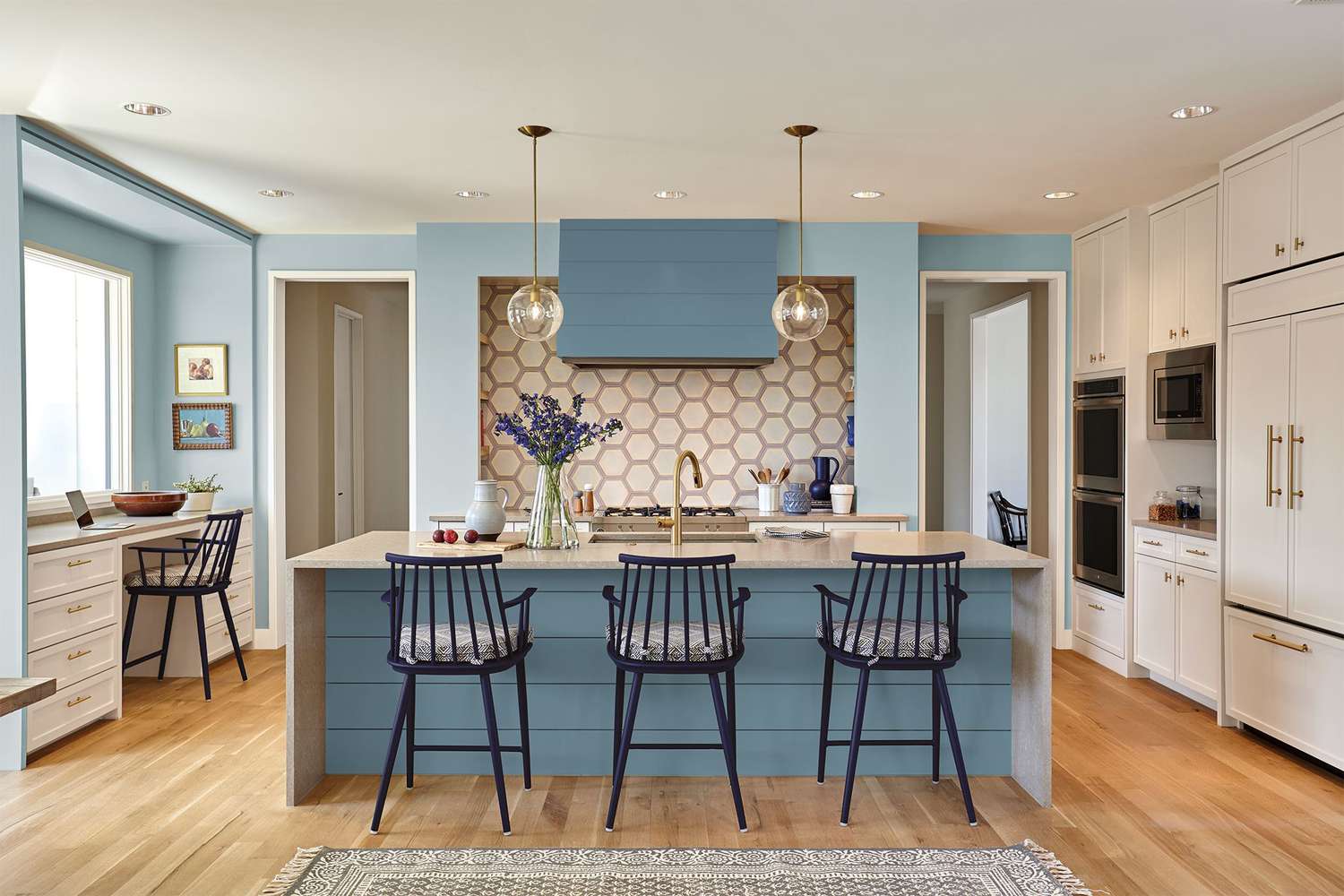
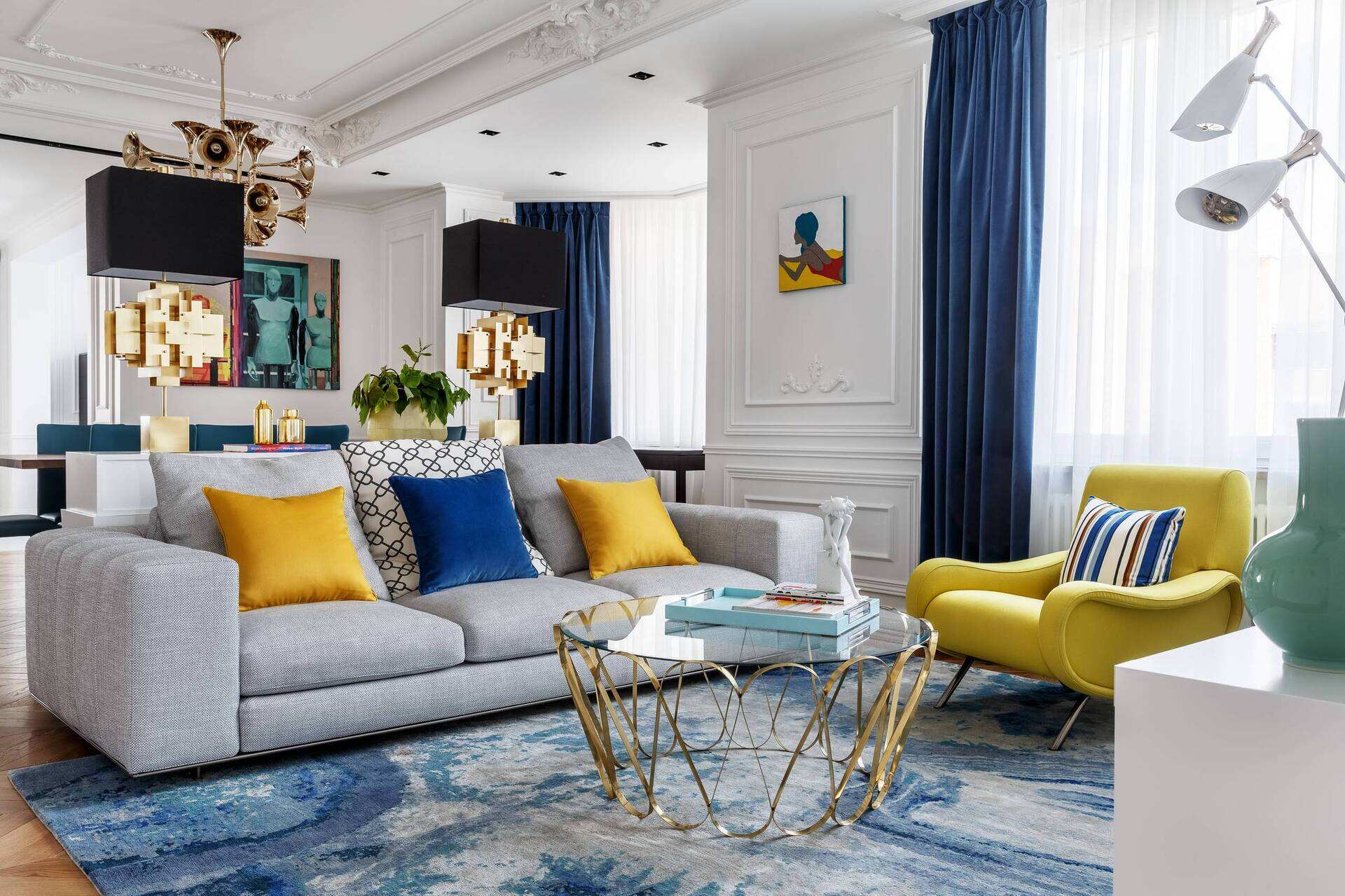
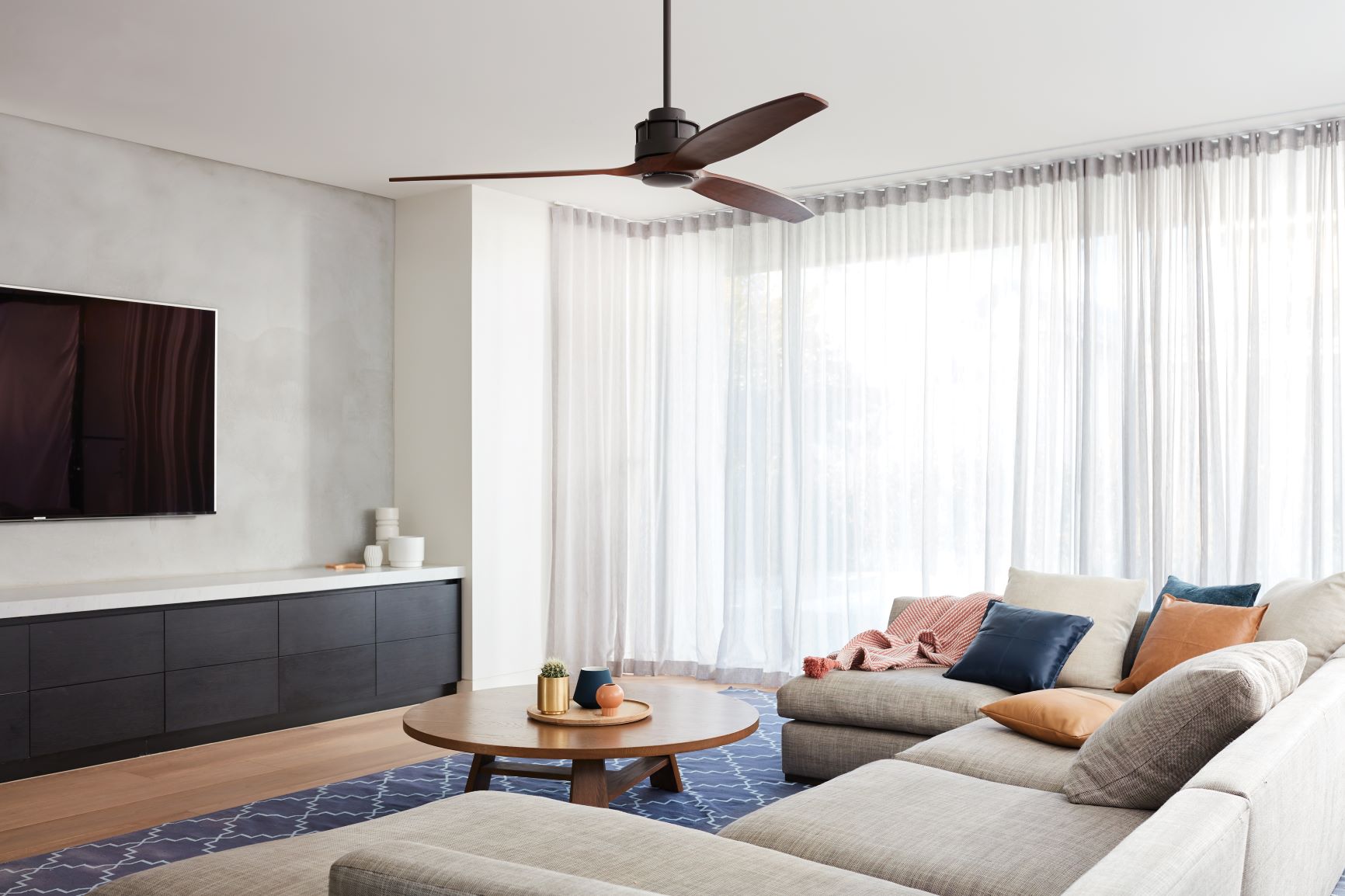
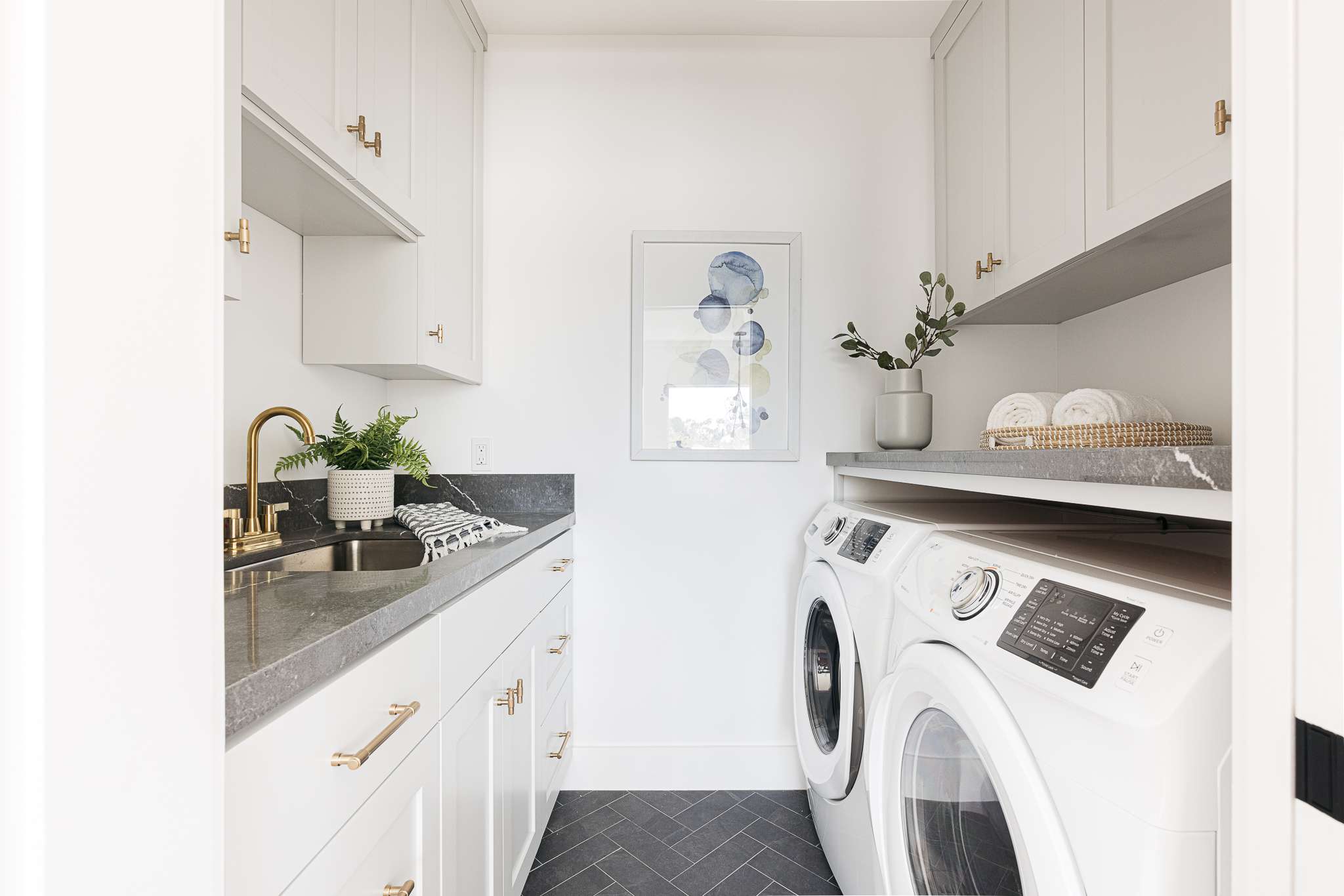

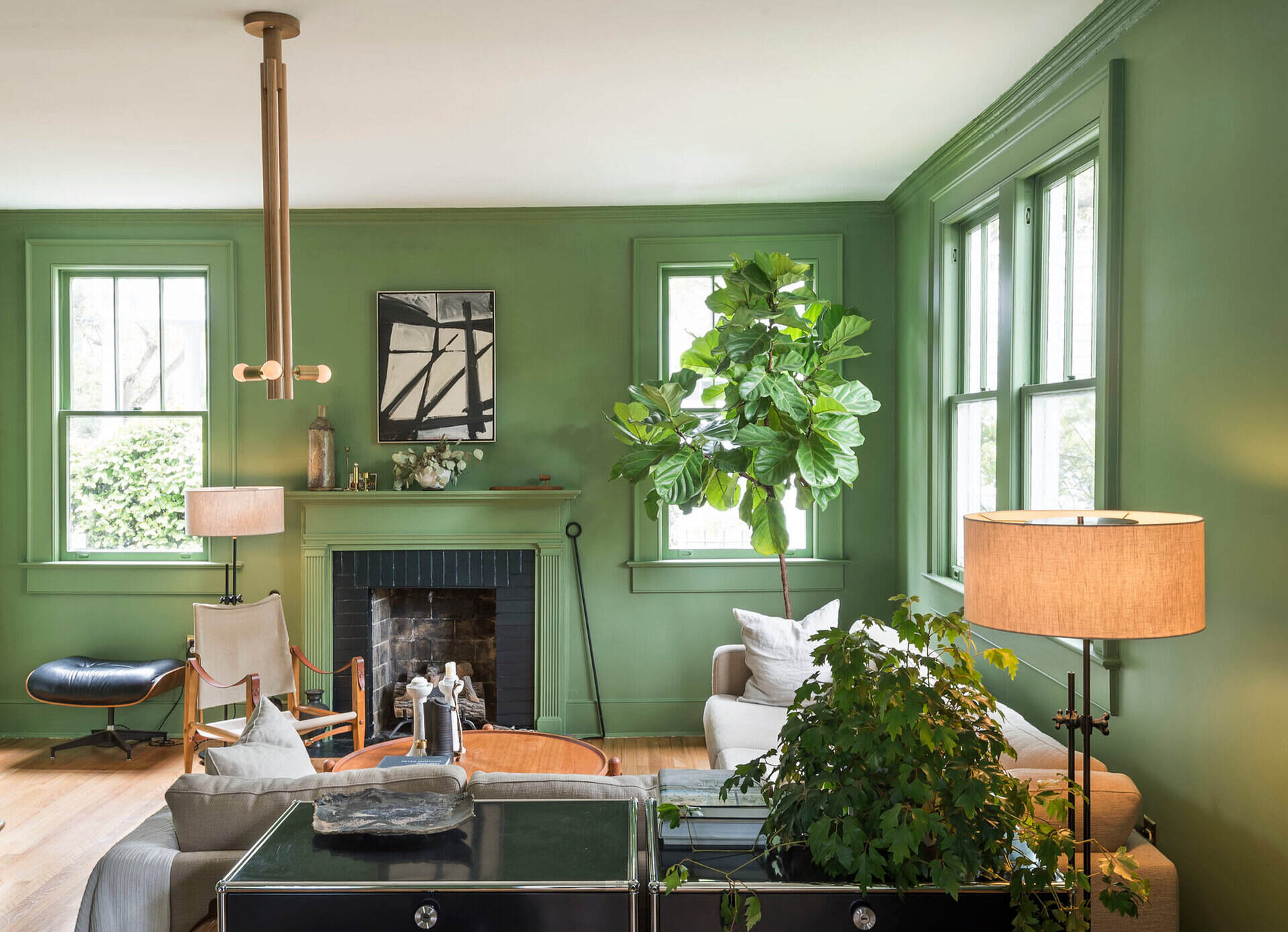
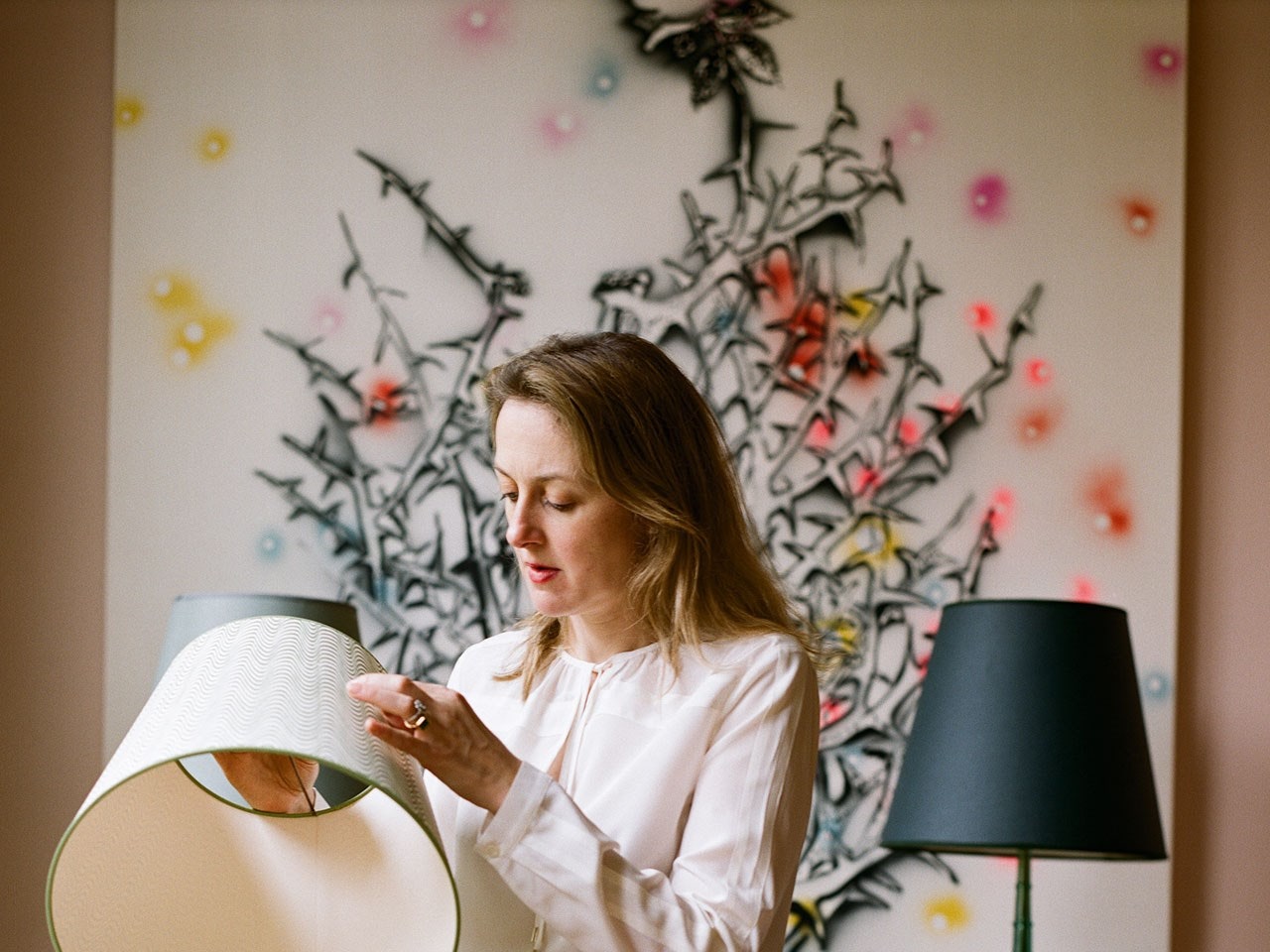
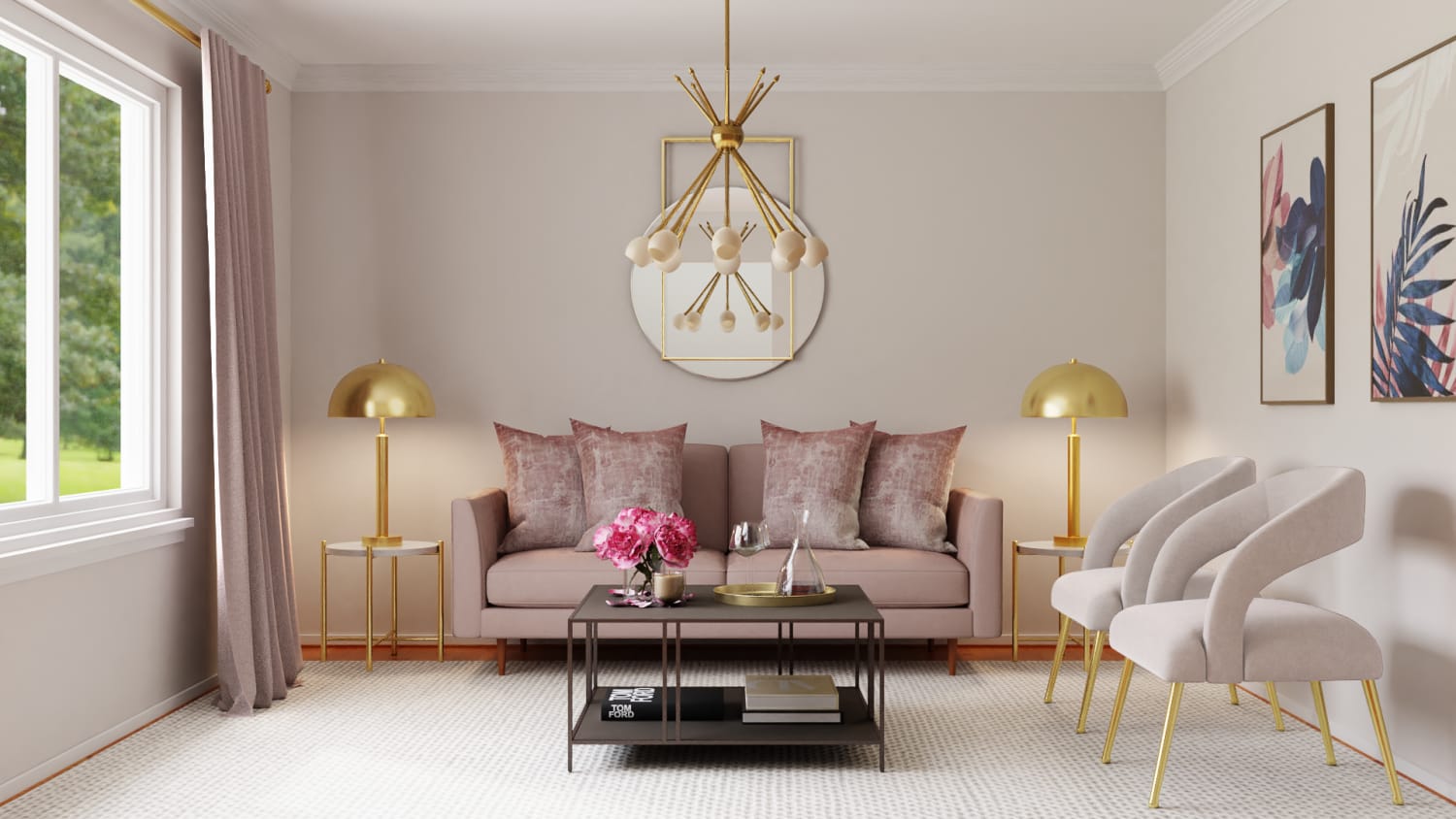
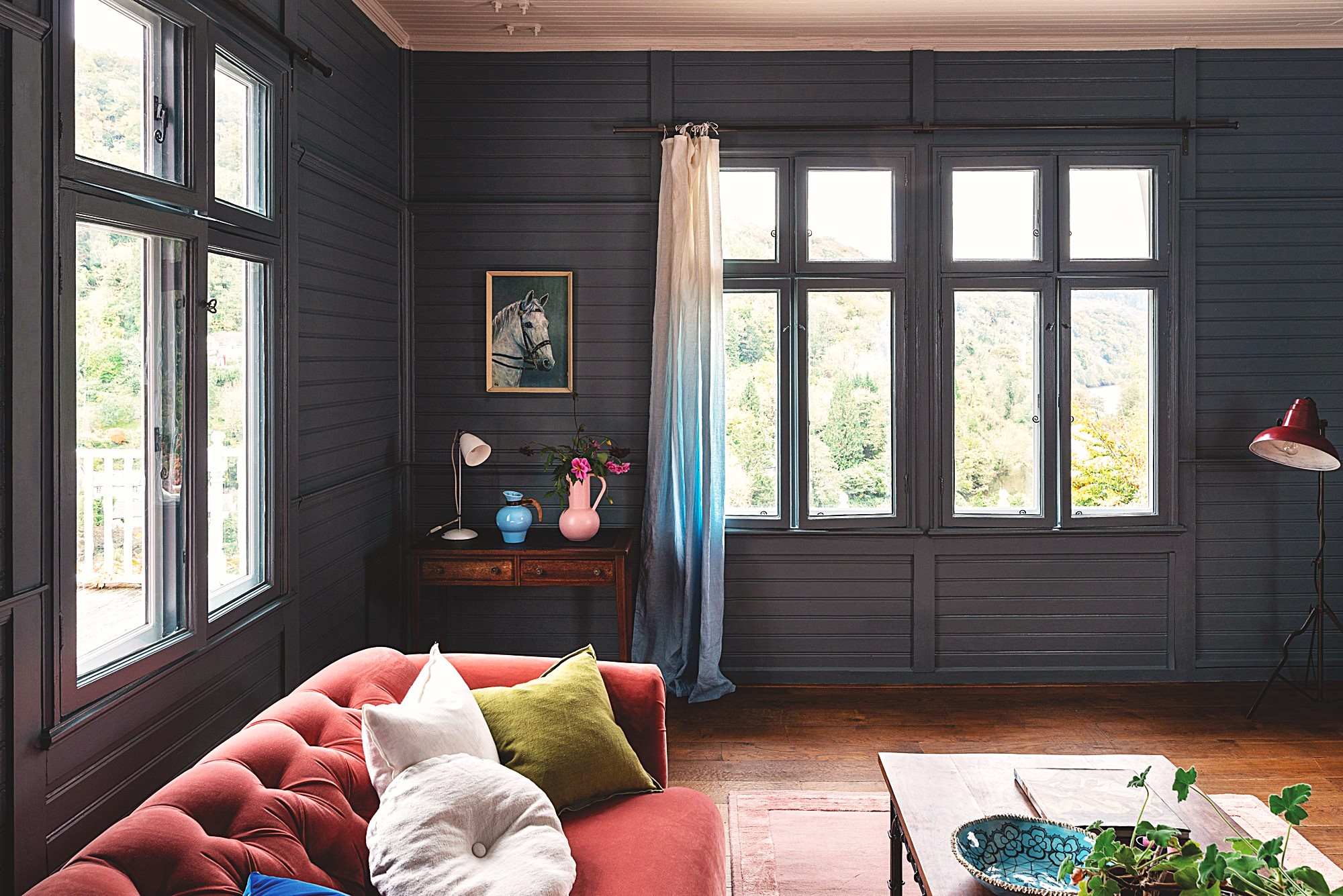
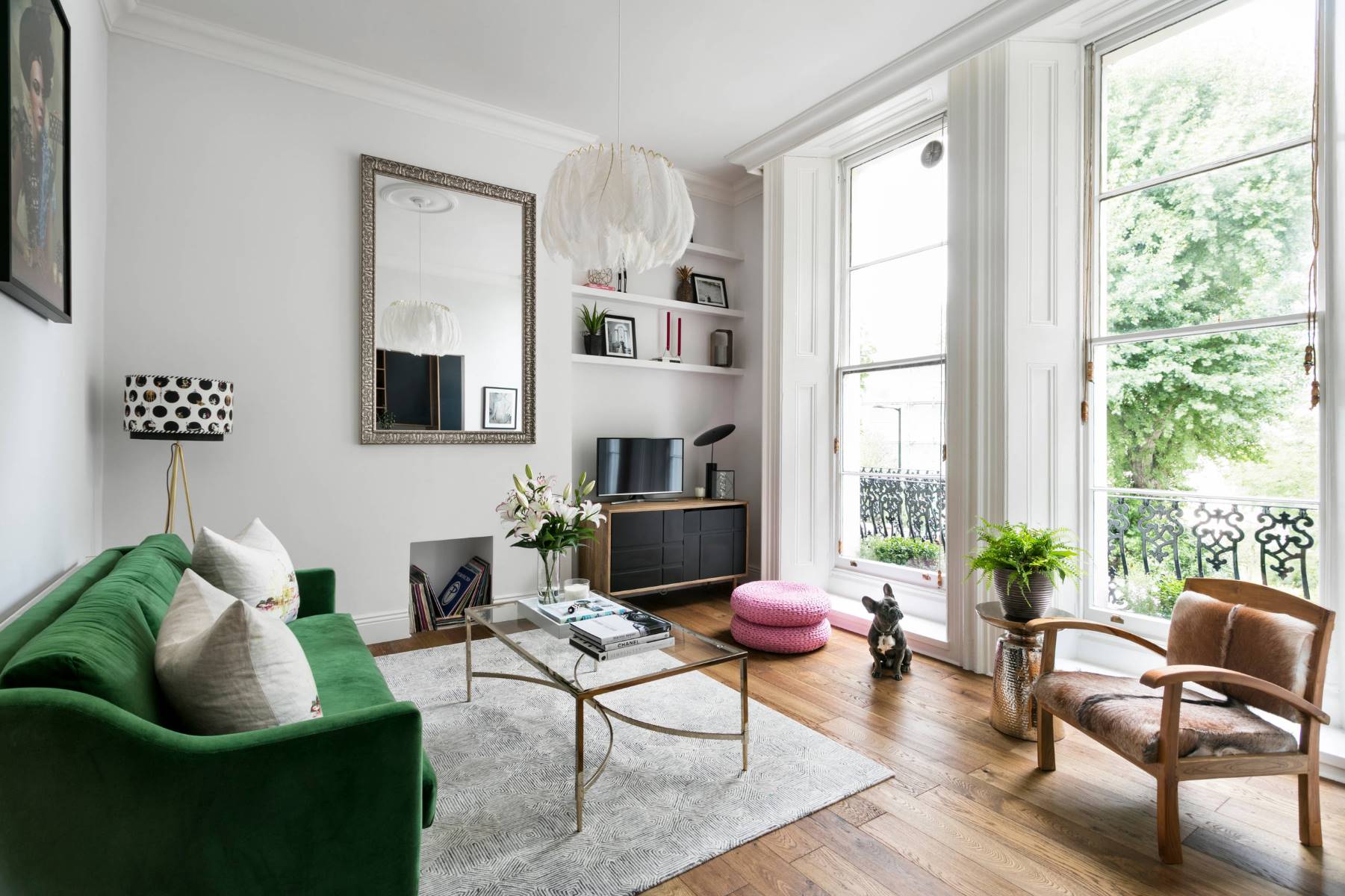
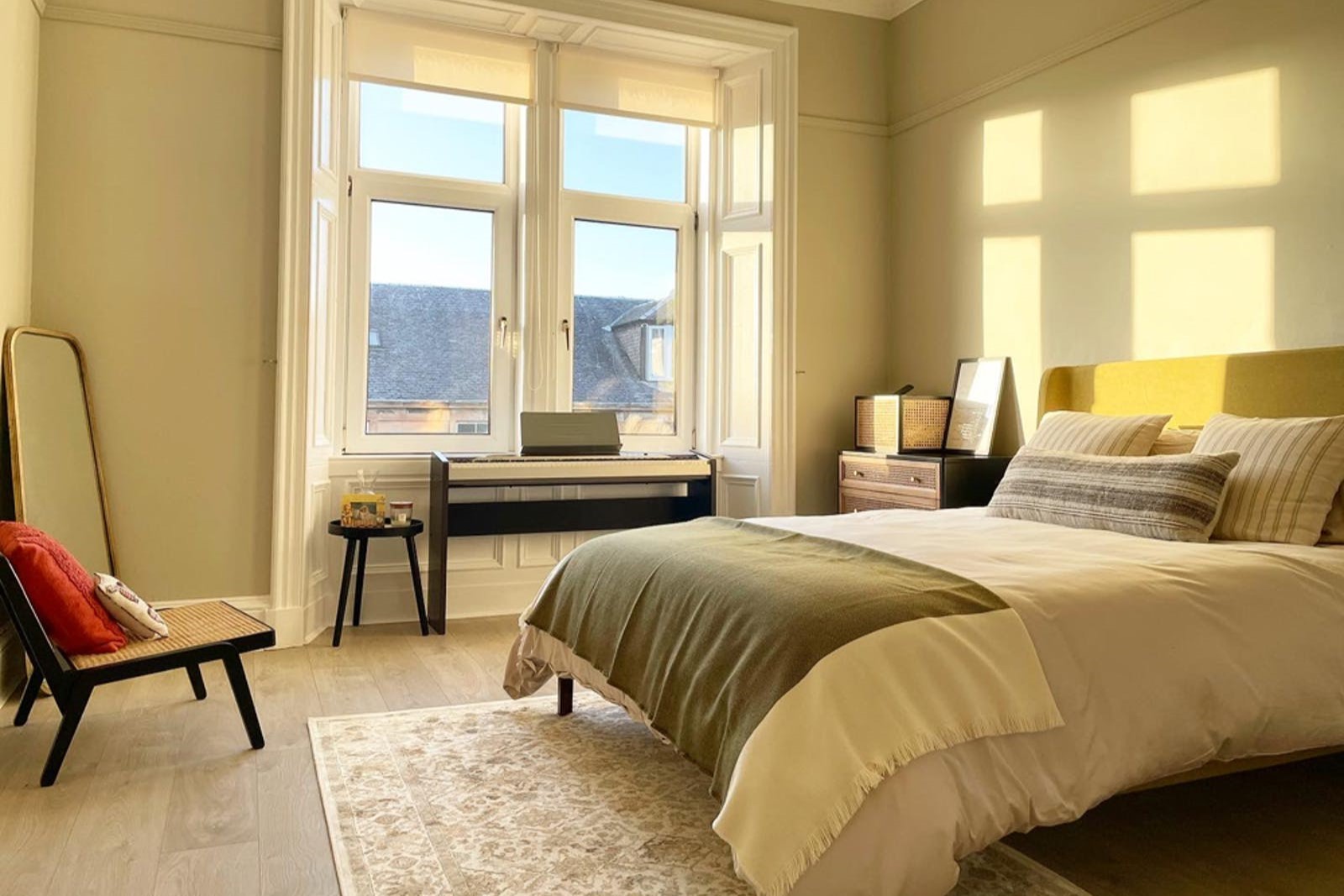
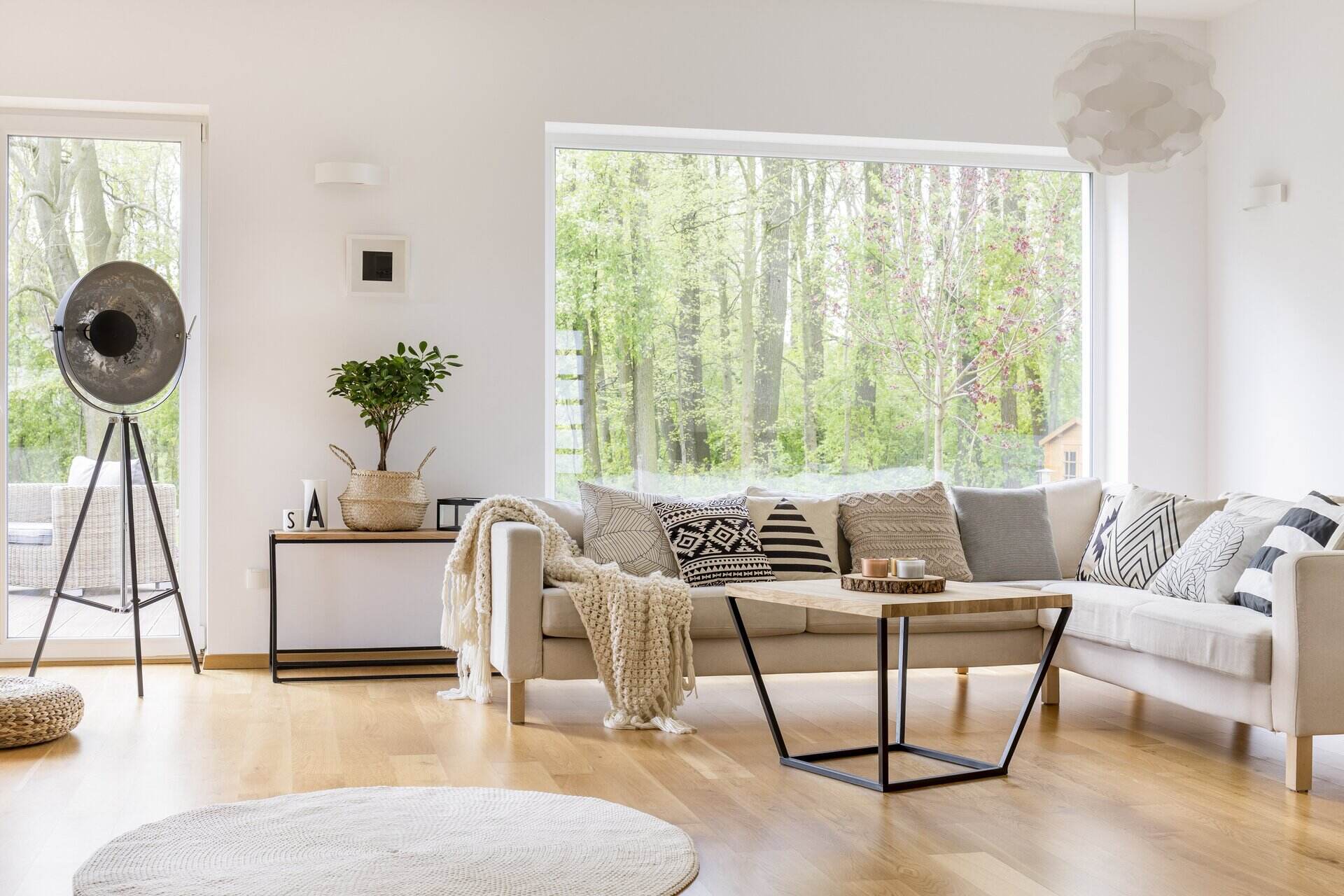
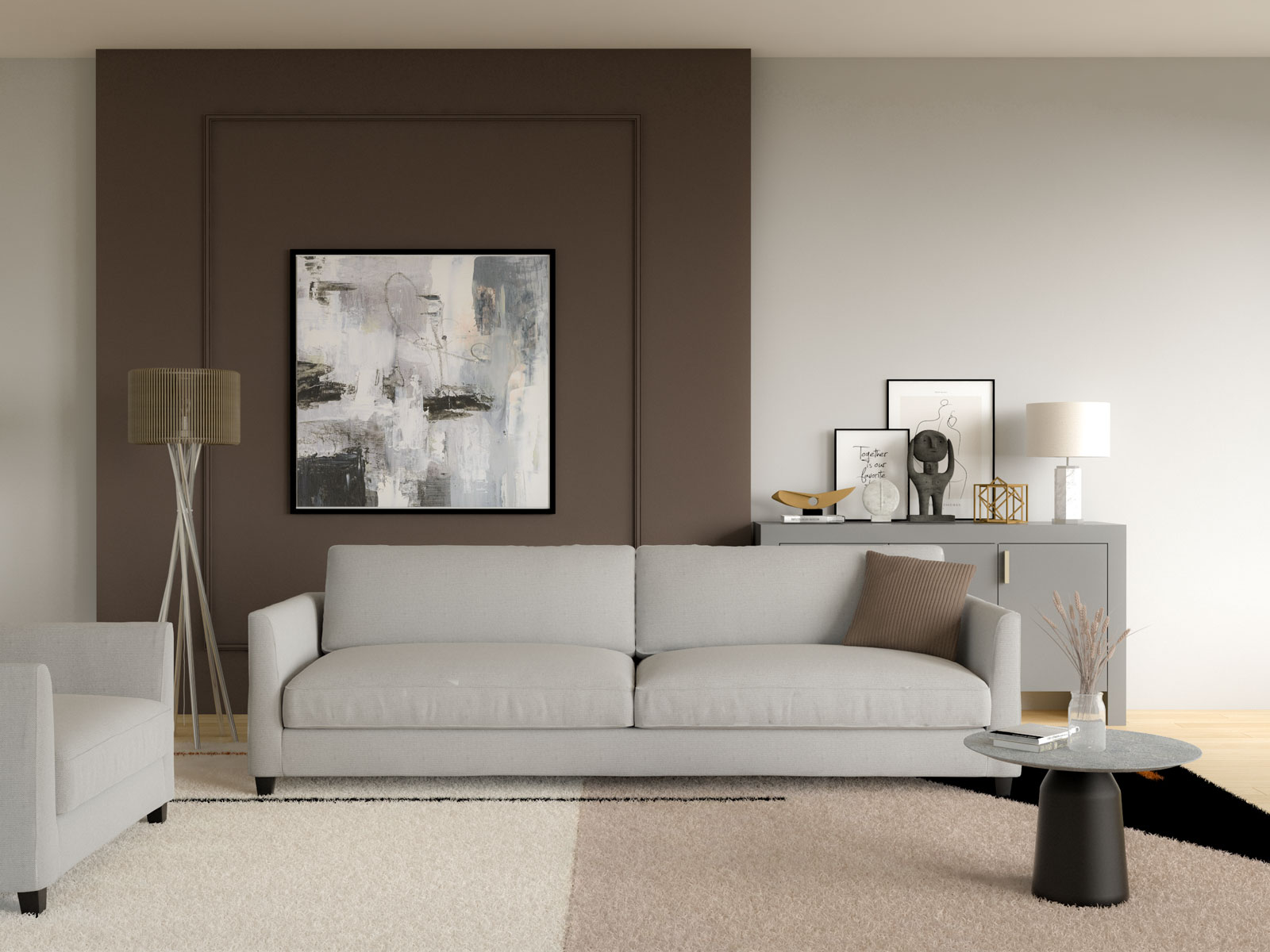
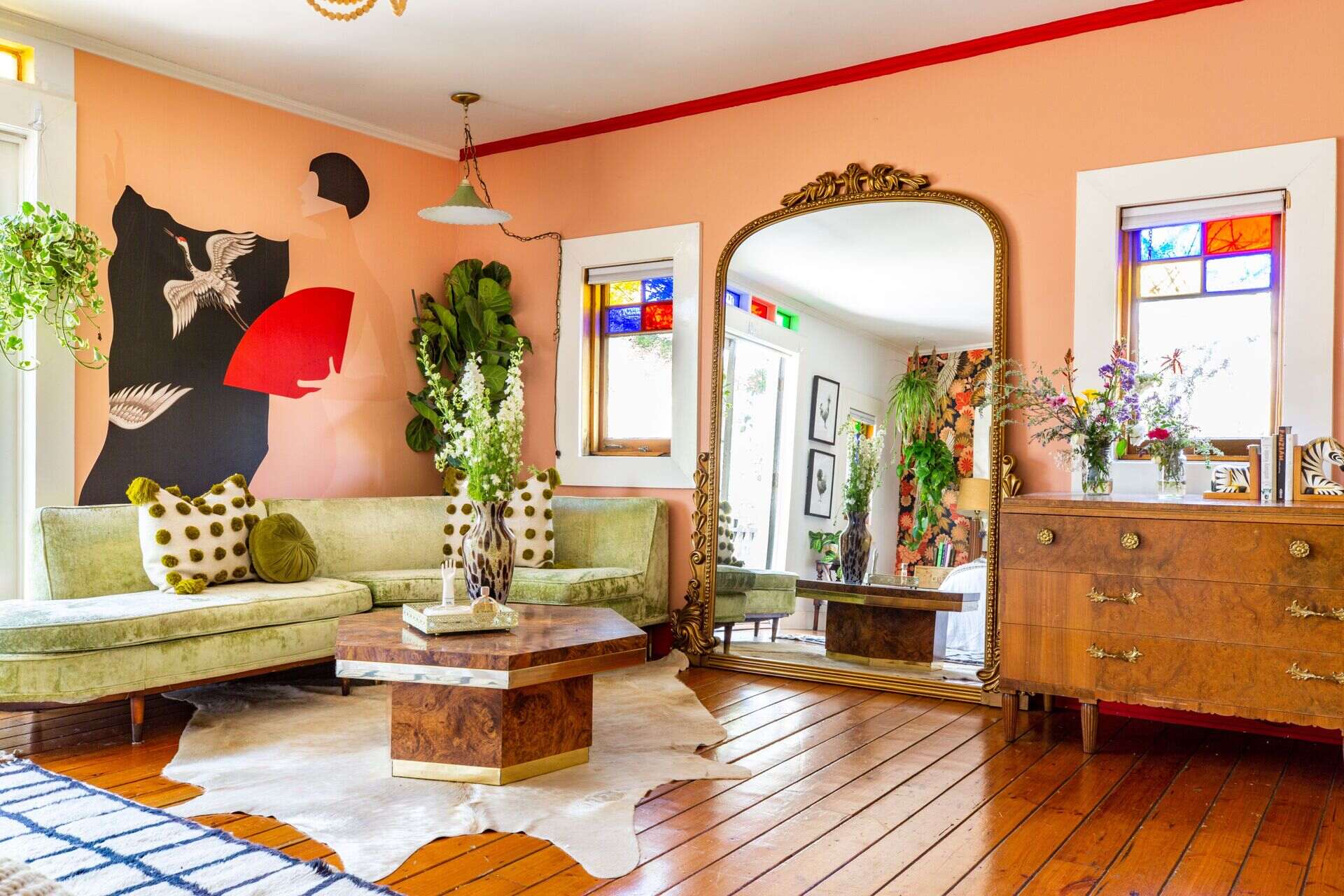

0 thoughts on “What Are The Best Colors For South-facing Rooms? These Are The Designers’ Favorite Shades”